Imagine an awful scenario happens and you (together with your family) have to survive for a long period of time away from home. Are you prepared enough?
For serious preppers and survivalists, the INCH bag is the ultimate bag that’s going to save your life during emergency times!
For beginners, an INCH bag can be confused with other survival bags like BOB (bug-out bag). However, the INCH bag is quite different - it’s like your survival bag that contains all the essentials to survive out in the wilderness for an indefinite amount of time.
In this post, we will cover all the important things you need to know about INCH bags as well as the essential items to include so you stay prepared if things suddenly go downhill!
What is an INCH Bag?
Oftentimes, our emergency planning for events like flood, earthquake, hurricane and fire accidents only include a few days of survivals (because we often expect that help will arrive immediately).
But what if the worst scenarios happen where you need to survive a few weeks or even months?
If you think that this will not happen to you, check out the news about the huge hurricanes and earthquakes that devastated thousands of lives and livelihoods around the globe. If you think that prepping for unexpected events like this is extremely important, then it's time to step up your emergency planning! This is when you need an INCH (an acronym for “I’m Never Coming Home”) bag.
Unlike the Bug Out Bag, an INCH bag can be heavier since you will include all the supplies and equipment needed to survive longer out in the wilderness. And the reality is, most people won’t be able to carry a huge and heavy bag all day, especially during an emergency. This is why it is extremely important to plan what you have to include in your INCH bag so that only the essentials are inside that will help you survive longer (you don’t need to waste space in your bag for other non-essential stuff).
INCH Bag vs Bug Out Bag - the Difference
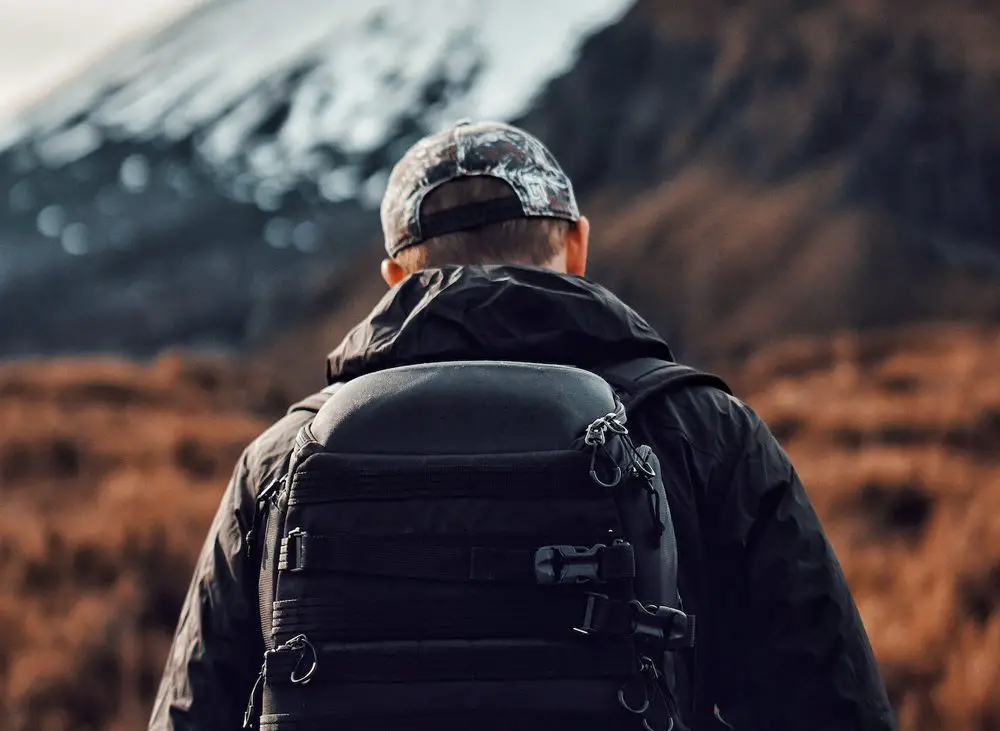
In general, the INCH bag is basically like a Bug Out Bag. The only difference is that the INCH bag is bigger and heavier since you will need to add more gears to survive for weeks or even months out in the wilderness. On the other hand, Bug Out Bags can only allow you to survive up to 72 hours. This is why the Bug Out Bag is smaller and lighter, unlike the INCH bag.
So what if your home is in danger and you can’t return for a very long time (such as a serious earthquake or flood)? Then a Bug Out Bag may not be enough. An INCH bag, on the other hand, packs everything you need to survive longer when returning home is not an option.
How to Choose the Right INCH Bag
Imagine this scenario - a major disaster strikes your entire city (or even country). The whole neighborhood is in panic mode - hungry people will start to go after you because you have the essential supplies. The safest way would be to go to the woods (with a group - never travel alone) until the situation slowly goes back to normal. In this case, you need to pack all the gears not just to help you hunt food, drink safe water, or keep you warm during the night but also equipment for self-defense to protect yourself and your loved ones.
Before you start your INCH bag list, consider the following factors when choosing an INCH bag to ensure that you can pack all the essentials inside.
Comfort and Right Support
Don't underestimate the importance of comfort, folks! You don't want any sharp edges poking into your precious back or collar bones when you're fighting for survival. But, let's not forget that the bag should also lend some support to make carrying the weight a breeze.
If you're looking for a solid option, go for a military-grade backpack that comes with an external frame. This way, the weight gets evenly distributed across your back muscles, saving your shoulders from unnecessary stress. Plus, the frame will make sure that the bag doesn't lose its shape even when it's loaded to the brim.
Durability
Weight
When it comes to survival scenarios, your INCH bag weight is a critical factor that you cannot afford to overlook. Carrying more gear may seem like the logical choice, but it comes at a cost - the heavier your bag, the more energy you will expend, leading to exhaustion and underperformance.
Choosing the right size and weight of your INCH bag is crucial and depends on your physical abilities. It requires striking a balance between durability, redundancy of gear, and weight factor.
To ensure maximum efficiency without sacrificing durability, opt for lightweight objects that can withstand harsh conditions. Ideally, an INCH bag that weighs between 20-25% of your body weight would be the perfect choice for any survival situation. Remember that in such scenarios, every ounce counts and could make all the difference between life and death!
Modularity
Redundancy
Compartments and Color
An INCH bag can hold a hefty 60 to 80 liters of stuff, so it's important to organize everything properly for emergency situations. Don't settle for a bag with just one big pocket and a few smaller ones - you need the right number of pockets and compartments to keep everything in order. But don't go overboard and choose a bag with too much space - that's just wasteful.
And whatever you do, avoid the flashy and bright colors that scream "look at me!" Stick to black, gray, brown, or green to blend in with your surroundings and avoid unwanted attention.
INCH Bag List - the Essentials You Need
Tools for Shelter
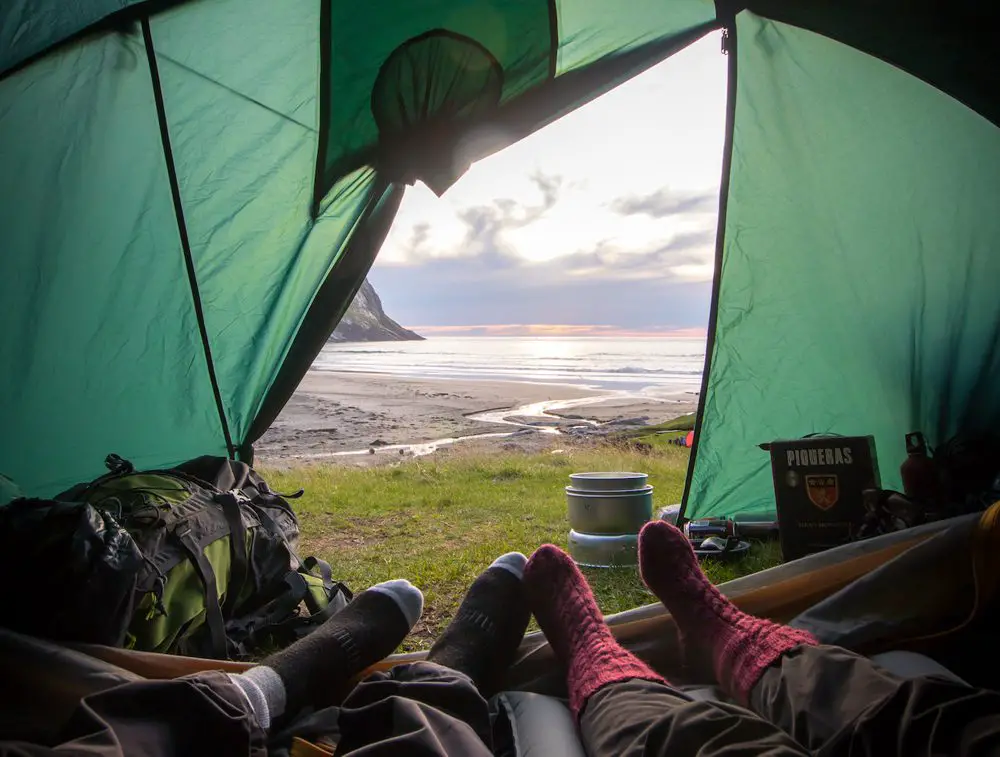
An INCH bag should have everything you need to keep you warm and dry, especially at night. Here are a few things you must include to have a temporary secure shelter during emergencies:
- Tent - When you're out in the wilderness, a tent is a must-have for shelter. Don't waste precious space in your backpack by trying to cram it in there - instead, hitch it up to the outside with a handy loop or belt.
- Tarp - Don't forget to bring a tarp for your outdoor adventure - it's like a superhero in your backpack! It's compact, lightweight, and can transform into a variety of shelter setups. With a tarp, you can be a pro at creating shelter in no time.
- Sleeping bag or pad - You absolutely need an INCH bag to house your trusty sleeping bag, whether you go solo or want some extra snuggles. Setting up, packing up and making a run for it is a breeze with a sleeping bag. Don't snooze on this essential piece of gear! And if you're braving the winter chill, make sure you've got a tent with a good temperature rating and a sturdy, closed-cell foam sleeping pad (or a fancy inflatable one, if you're feeling fancy).
Tools for Making Fire and Keeping Warm
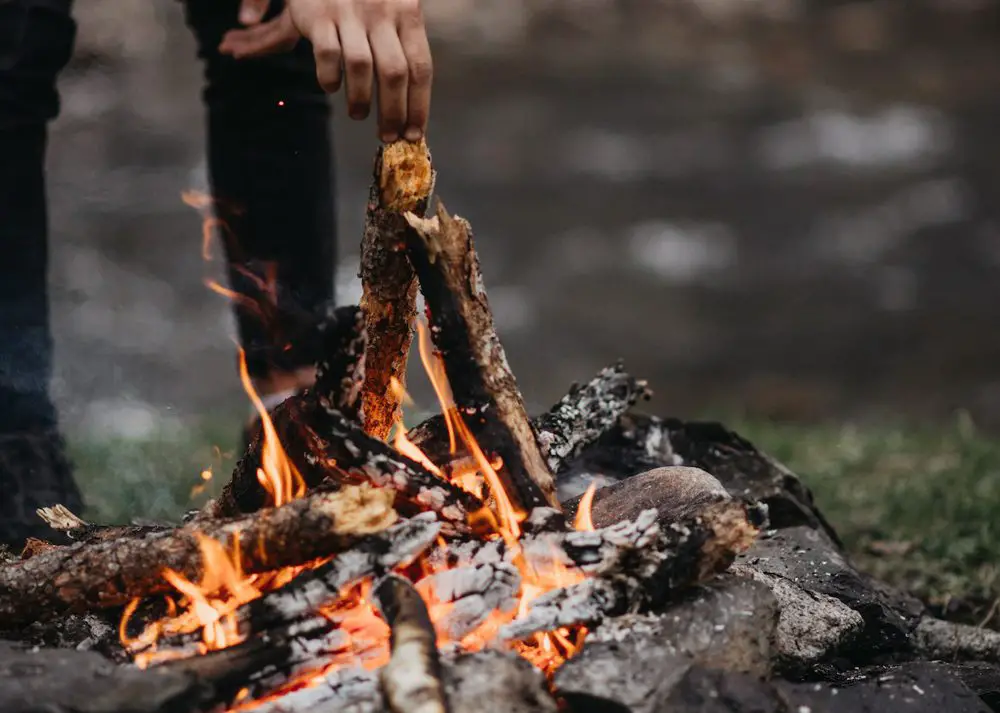
In order to make it through those bone-chilling nights and cook up some grub, you gotta have some fire-making gear on hand. Here's a quick rundown of what you'll need to stoke those flames:
- Ferro Rods - If you're looking to ignite a flame, why not give a Ferro rod a try? Not only is it waterproof (so no worries about soggy matches), but it's also a champ in chilly temps. Plus, you won't have to worry about lugging around extra fuel. And to top it off, this bad boy heats up in a snap.
- Matches or lighters - When it comes to survival gear, a BIC lighter is like a trusty sidekick that you should never leave home without. After all, you don't want to be left in the dark when your Ferro rod fizzles out or your matches go up in smoke. So, why not stash a couple of BIC lighters in your INCH backpack? And if you're feeling nostalgic, you can always opt for some good old-fashioned matches too. Don't worry about space, because you can pack a bunch of them without consuming much.
Tools for Food and Water Collection
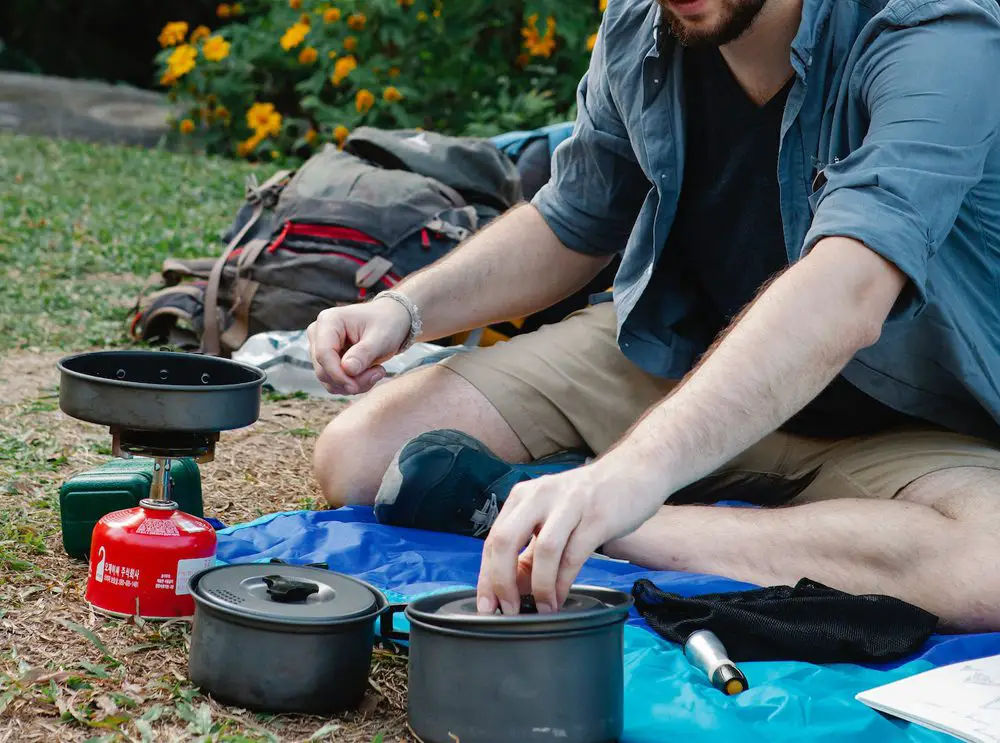
If you're planning to survive on your own, make sure you've got your own stash of food and water, and don't forget to pack the essentials in your INCH kit. These items are non-negotiable, so don't even try to argue: you'll need them to stay alive.
- Utensils - This includes a spoon, fork, and plate or any container for food.
- Packed emergency food - Make sure your INCH bag has enough food supplies that will last for a week or so. This includes nuts, oatmeal, protein bars chocolates and candies, meal replacement powders, tea or coffee sachets, hydration packs, and other packed foods you can conveniently fit into the bag.
- Portable cooking set - Don't forget to pack your dining and cooking gear for your INCH bag. We all know raw meat is a no-go, so whip out that pot and get cooking! If you haven't already, invest in a handy portable cooking set or a mess kit to make your cooking experience a breeze.
- Water bottle made of stainless steel - If you're stocking up on water, you gotta have a place to stash it. But let's be real, how are you gonna drink from those massive containers? Fear not, my friend. Stainless steel or metal water bottles are the answer to your hydration problems. Plus, they can double as a cooking pot for boiling water. Skip the plastic bottles because they're loaded with sketchy chemicals. Stainless steel won't leach any of that nonsense, even if you fill 'em with hot drinks.
- Water filter or water purification tablets - When it comes to getting clean water, you can't afford to leave any stones unturned. One of the easiest ways to do that is by using a trusty water filter. You never know what kind of nasties might be lurking in your H2O, but a filter can help you dodge that bullet. And if you're not a fan of boiling water, you can always try out some fancy purification pills. They come in these neat little vials that can slide right into your INCH bag without taking up too much space.
Tools for Gathering Food
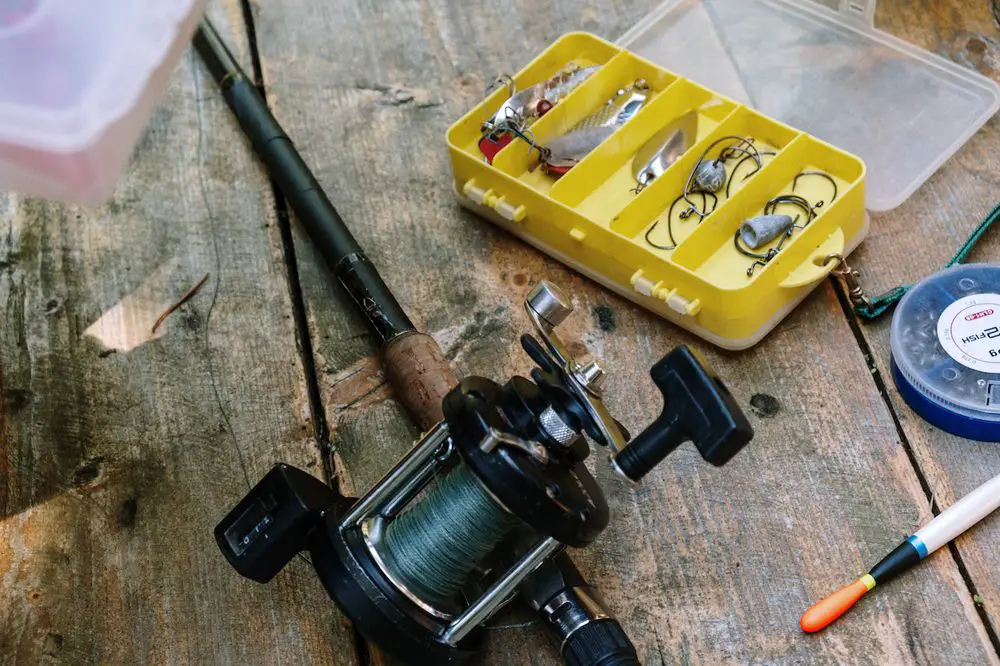
Another vital aspect to ponder upon is how to stay alive by means of hunting and fishing. And let's face it, we're not talking about a trip to the local grocery store here!
- Traps and nets - When braving the great outdoors, a dependable source of sustenance is crucial, making hunting nets and traps a wise choice. And don't worry about getting fancy - a simple paracord net will do the trick just fine.
- Bows and arrows - If you're planning to go hunting, you'll need a trusty bow - a takedown, recurve, or longbow will do the trick. The 45-pound survival takedown bow is the most practical option. A conventional bow is the way to go as it's lighter than a compound bow and can be fixed in the field if necessary. Don't forget to pack at least six carbon arrows - they're both strong and lightweight. If you're aiming to shoot off the shelf, go for feathered arrows. Bring as many small game points as arrows, and also at least four bigger game points. For bigger animals, it's best to use fixed broadhead arrow tips as they're more resilient.
- Cast and Gill Nets - If you're looking to catch some fish in a lake, coast, or slow-moving river, a cast net could be the way to go. While gill nets are great, they're more suited to places with a current, like a river. Plus, don't forget that since most gill nets are made of monofilament lines, they'll eventually start to wear down. Don't let your nets become a fisherman's fashion faux-pas!
- Fishing line and rod - When it comes to fishing, the braided line is the way to go. It's versatile and user-friendly, so don't forget to pack 300 yards of 35-pound strength line and 300 yards of braided 65-pound line. Plus, who needs a grocery store when you can catch your own dinner on the go? This will let you repair your gill or cast nets too. Fishing rods are also nice to have for any adventurer. They're small, sturdy, and a breeze to use. If you're worried about space, opt for a compact fishing rod like those used for ice fishing. Don't let a big fishing rod weigh you down on your travels!
- Hooks - If you're looking for hooks that last, go big or go home. Those tiny hooks just can't handle the weight of a big fish. And if you're the type to let your line chill out overnight, circle hooks are your best bet for snagging that catch of the day. Trust me, your fishing game will thank you.
Tools for Navigation

To simplify your life out in the wilderness, it's essential to have these navigation components in your kit:
- Watch or GPS tracker - If you're on the lookout for a watch that can aid in your navigation, a GPS watch might just do the trick. However, keep in mind that these watches should only serve as a Plan B. Putting all your faith in it would be futile in case of an EMP attack. So, make sure you choose a GPS watch that fits your navigation needs like a glove.
- Maps - It would behoove you to acquire a topographic map of the area, my friend. Not only will it aid in devising routes and identifying safety zones, but it will also allow you to select the most optimal locations to pitch your tent. And should you happen to wander too far from camp in your explorations, fear not - the map will guide you back to safety.
- Compass - Having a compass and knowing how to use it can be a lifesaver, especially when combined with a map. For those who like to take their navigation game up a notch, a mirror compass is the way to go. Make sure to invest in a tough and waterproof compass that can withstand any rough terrain. And if you're feeling extra cautious, keep a couple of air-filled button compasses as backup. Trust us, it's better to be safe than sorry!
Tools for Communication
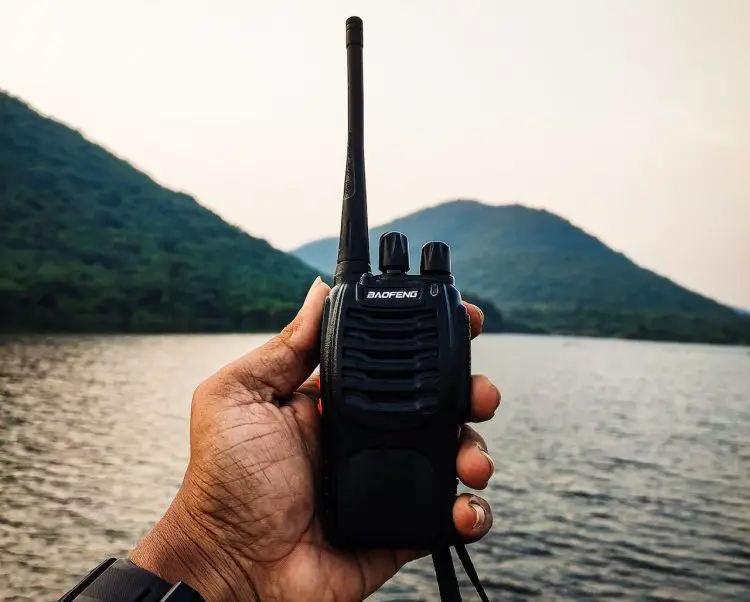
In your INCH bag, don't forget to pack items that aid in group communication. It's crucial to carry at least one of the following communication tools:
- Talking device like a walkie-talkie - When your phone is on a permanent break or the signal is playing hide-and-seek, two-way radios, also called walkie-talkies, come in handy. Not to mention, they can cover vast distances. And the cherry on top? The battery life will outlive that of your beloved smartphone. So, grab those walkie-talkies and get talking!
- Phone - In case of a catastrophic disaster, it's a smart move to keep a functional phone handy for communication purposes, until it's no longer worth keeping or gets damaged. It's better to be safe than sorry, right?
- Radio - Don't be left in the dark about what's going on outside! A trusty radio can keep you in the know and tuned in to any important alerts. Go old-school with a hand crank radio or grab an AA battery-powered option for backup. Stay connected, stay informed!
Tools for First Aid
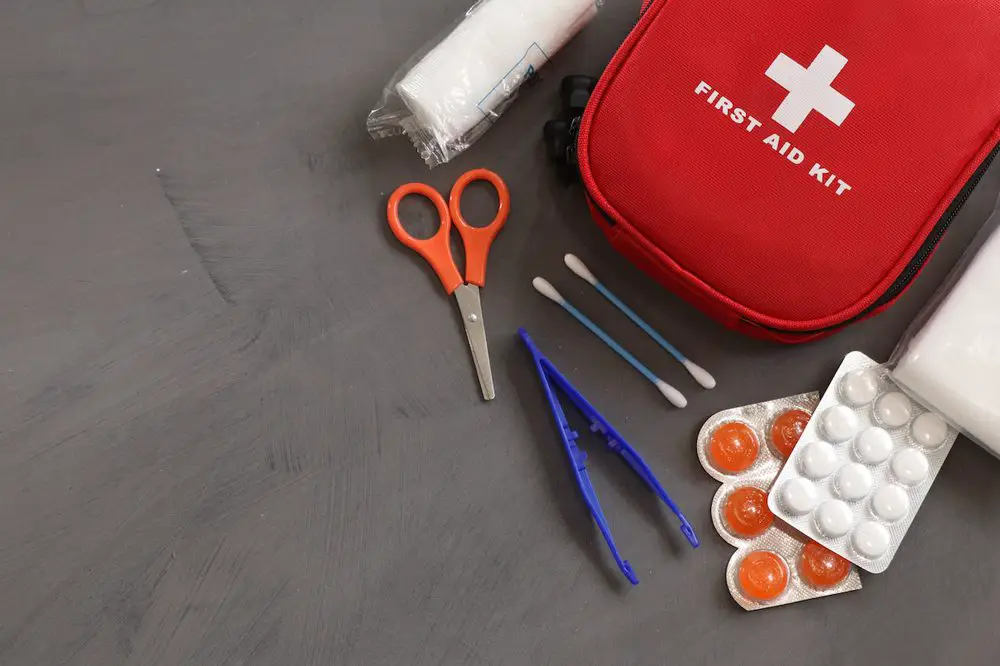
Don't forget to bring along your medical supplies, as you can never tell when you or your loved ones need them!
- First aid kit - This includes band-aids, gauze pad, dental and oral kits, secure bandages, compression bandages, antiseptic solutions and wipes, sutures and needles, cotton, scissors, and tweezers.
Pain relievers and antibiotic medications - If your body is acting up, it's wise to have a stash of medicine on hand. Don't forget to also keep some painkillers in your first aid kit for those unexpected boo-boos.
Tools for Alternative Power Sources
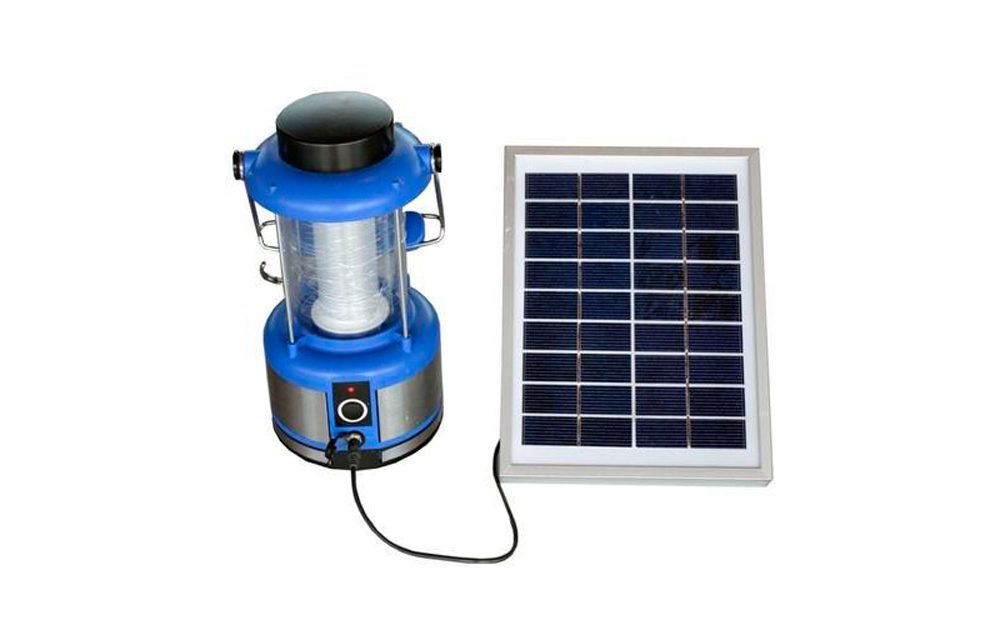
It's wise to pack some alternative power sources to keep your gadgets in full tank while you’re out in the wilderness. Don't forget to add these essential items to your INCH bag and avoid being left in the dark ages.
- Solar lantern - If you're in a location with no power source, don't be left in the dark - grab yourself a pocket-sized solar lantern! These little guys are a reliable choice when you need a lot of light spread over a big area. Just be sure to keep an eye out for top-notch LEDs and a speedy charging time.
- Solar headlamps - When you're on the go after the sun goes down or working in a gloomy environment, headlamps come in handy. The best part? You don't need to use your hands! While opting for a lighter headlamp is wise, don't forget to take into account sturdiness and weather resistance. After all, you don't want a flimsy lamp to leave you in the dark, do you?
- Solar charger - If you're looking for a nifty way to juice up your smartphone and other gadgets like a GPS, a solar charger is the way to go. It's got a battery pack that soaks up the sun's rays through the panel and gets charged up. Just remember to keep the panel away from any hot surfaces and hold off charging your devices when it's basking under the scorching sun.
Other Items to Consider
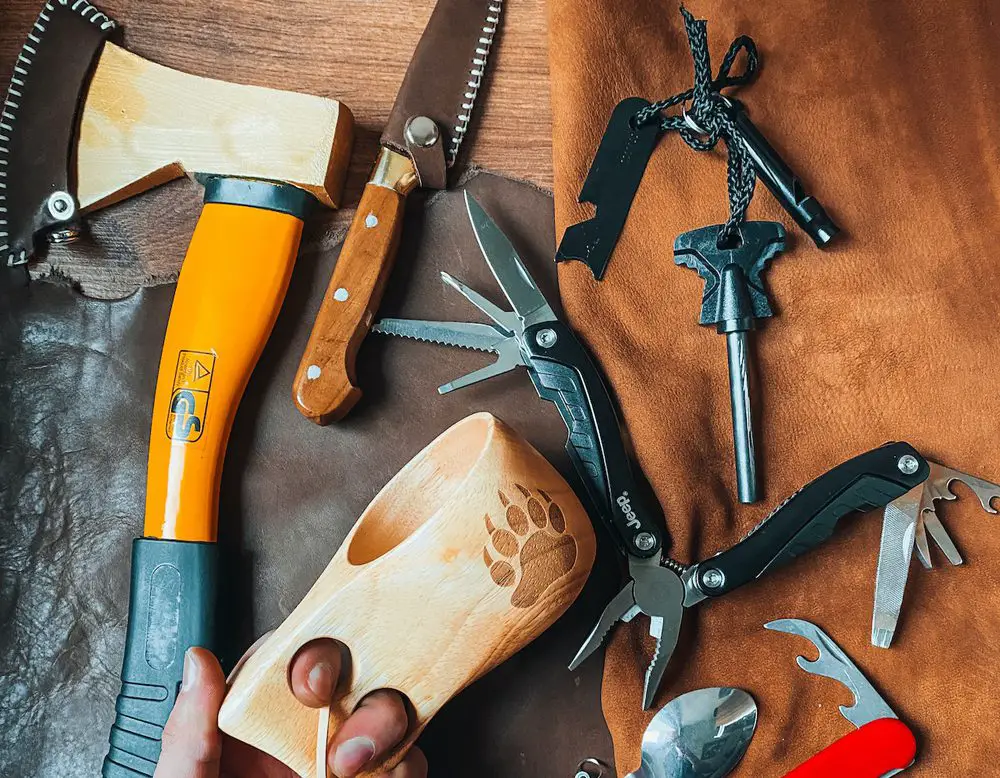
For a survival run that's truly epic, make sure to include these extra goodies in your INCH pack. Don't leave home without 'em!
- Clothing - When it comes to clothing, don't skimp on layers, durability, or versatility. Whether you're dealing with torrential downpours, snowmageddons, scorching deserts, or swampy trails, you'll want to be ready for anything. And let's not forget about winter - it's coming whether we like it or not! Some clothing to include are raincoats or rain jackets, wool jackets, underwear and base layers, hiking shoes, lightweight gloves, a hat and belt, a shirt with rolled-up sleeves, thick socks, and clothing for winter (depending on your location).
- Survival knife and hatchet or axe - For a trusty cutting tool, go for a stainless steel, non-folding knife that you can rely on day in and day out. If you're planning to go off-grid and need to sharpen a serrated knife, make sure you have access to local resources. When it comes to survival hatchets, pick one with a 30 cm sheath - you'll thank yourself later. Though, if you're up for some serious shelter building or tree felling, a 60 cm axe could be your jam, but be warned, it's a hefty one.
- Cord - Make sure to bring along a whopping 250 feet of the durable and versatile 550 types III nylon paracord. No need to worry about packing 250 feet of 2mm cable unless you're planning to pull a bus with it.
- Portable saw - If you're planning to build a shelter or start a fire in the wilderness, a reliable portable saw is the way to go. Trust me, it's a real time and energy saver.
- Other basic tools - This includes rope, sewing kit, repair kit like a screwdriver set, duct tape, epoxy, cash and ID cards, important documents, pencil and notebook, nail, garbage bags, personal hygiene kit, wire cutter, lens or magnifying glass, batteries, survival rifle, gun cleaning kit, and survival shovels.
If you want to know more about INCH bags, check out the video below:
Our Top Recommendations
Eberlestock Hercules Duffel
Price: $429
Rating: 5/5
- Hunt Transporation | Tactical Loadouts | Deployment | Truck Storage | Bug-out/Survival | Adventure Travel
- IMPROVE SECURITY AND ORGANIZATION WITH THE ULTRA RUGGED B3 HERCULES ROLLING DUFFEL
- Volume: Approx. 6200ci | Dims: 41”x18”x9” | Weight: 14 lbs
Pros
Cons
Mystery Ranch Terraframe Backpack
Price: $399
Rating: 4/5
- 2 DESIGN BREAKTHROUGHS IN 1 BACKPACK - 3-Zip access meets load-hauling OVERLOAD feature for mountain use...
- MAINTAIN THE TACTICAL ADVANTAGE - Our patented OVERLOAD feature expands between the pack and the frame,...
- CARRY WITH CONFIDENCE - The Terraframe has rigid, yet dynamic frame system that moves with you |...
Pros
Cons
How about a backpack that boasts not one, but two design breakthroughs? The Mystery Ranch Terraframe is the ultimate mountain backpack that offers 3-Zip access and tons of features for load-hauling. So, whether you backpack light or heavy, this bad boy can handle it all.
But that's not all! It is also designed with a patented feature that allows you to keep the weight closest to your back, giving you a tactical advantage. And with a rigid yet dynamic frame system made of lightweight carbon fiber stays that flex with your body, you can carry your load with comfort and confidence. The hybrid internal/external frame designed by Terraframe creates extra room for your essentials, and it's built for the mission. So, if you're looking for a backpack that can survive the harshest commute, this is the one for you.
Our Key Takeaways
Preparing the ideal INCH bag may seem daunting!
The truth is, that bag is all yours and you have to tailor it to your specific needs. Figuring out what to include can be a tricky process, but you have to be ruthless and ditch anything that's big, unnecessary, or fancy. All you need is a little curation, and a clear understanding of your packing essentials, their purpose, and how to utilize them.
It's tough to envision a post-apocalyptic world, but it could happen unexpectedly. This bag might be the key to your survival, so every item you pack has to be top-notch and serve its purpose perfectly. Don't mess around with it!
Hi, I’m Christy, and I’m an electronics engineer by profession. I have taught in a university for 2 years while pursuing my master’s degree in cognitive radio and worked for a company to develop wireless medical devices. Currently, I’m doing research for a doctorate degree in engineering using a wireless sensor network for smart agriculture. I’ve been active in our local IoT community, IoT Cebu, where I participate in conducting talks about Arduino, Raspberry Pi, and DIY home automation using Wi-Fi and ZigBee devices.
Last update on 2024-06-01 / Affiliate links / Images from Amazon Product Advertising API



